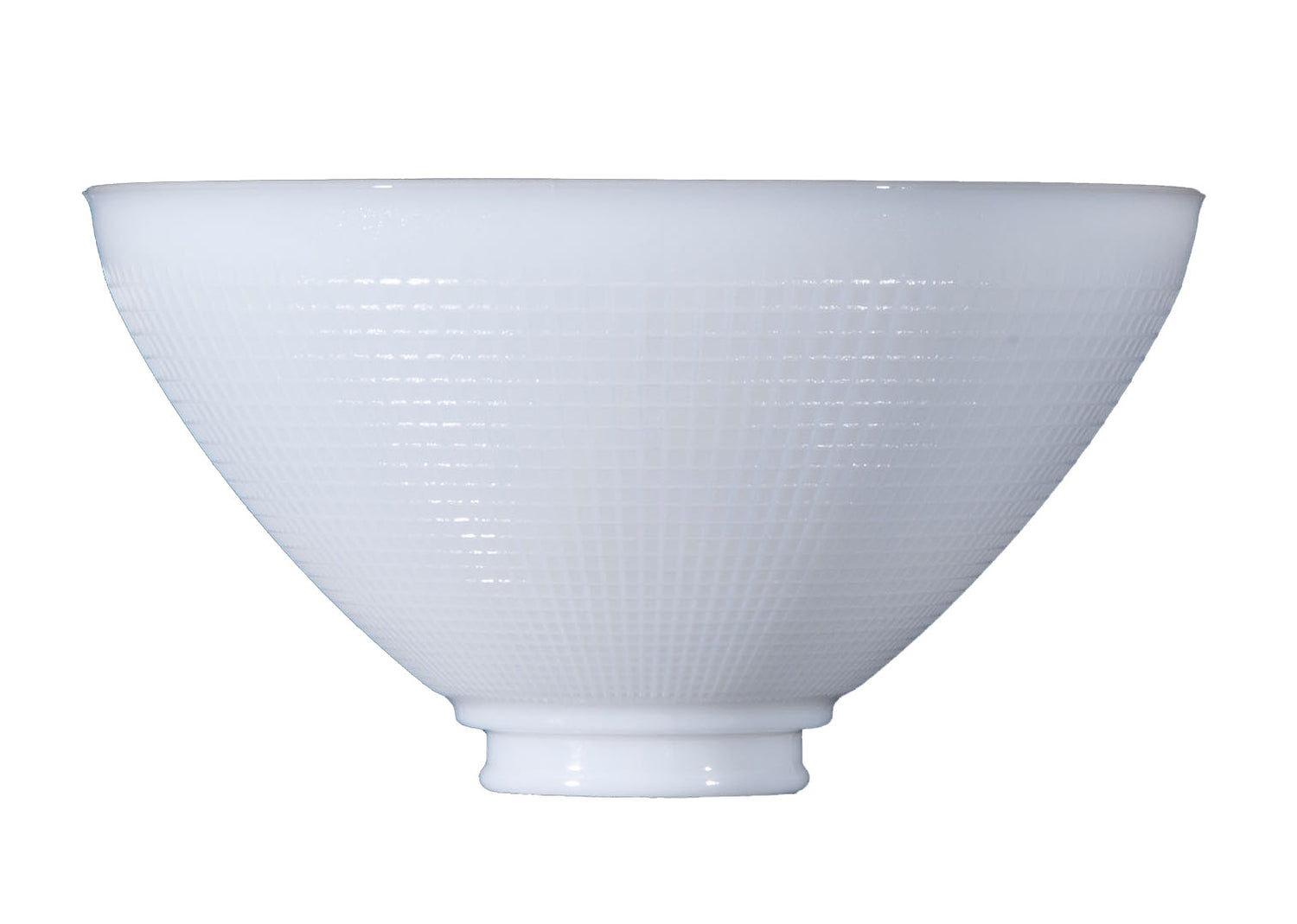There may be certain household items that you dread shopping for, but light bulbs shouldn't be one of them. Finding the right light bulb for ambient, task, or accent lighting is easier than you might think. With over 60 years of experience in the lighting industry, Antique Lamp Supply is a terrific source of information on the subject. In this guide, we explain how to select the right bulb by diving deep into the different types of bulbs you can buy and lighting facts that might affect your decision.
Types of Light Bulbs
• Compact Fluorescent: A compact fluorescent (CF or CFL) light bulb emits light from a mix of phosphors inside the bulb and are designed to produce the same amount of light as an incandescent light, except that CF bulbs use one-fifth to one-third the energy and last eight to fifteen times longer. CFL light bulbs do contain mercury, so cleanup and disposal may require extra care or attention, but most local governments have established recycling programs for CFLs and other types of glass. Modern CFL bulbs utilize a spiral design to make it more compact and often have integrated ballasts. These energy-saving bulbs are ideal for recessed cans and concealed fixtures.
• Halogen: A halogen light bulb is an improved version of the incandescent bulb, because it is known for its moderate efficiency and quality of life. Halogen light bulbs have a longer lifespan, higher luminous efficacy, and higher color temperature compared to incandescent light bulbs, but they use about the same amount of power to operate. Halogen and incandescent light bulbs differ in that halogen bulbs contain an inert gas, such as iodine or bromine, that is heated and bonded to vaporizing tungsten molecules each time the light bulb is turned on. The inert gas moves the tungsten back onto the filament, so that it may improve the lifespan of the light and keep the bulb clean. Halogen light bulbs are ideal for anyone who likes the look of incandescent bulbs. Halogen bulbs give off a warm, natural glow that works well in pendants or hanging light fixtures. Most halogen bulbs are also dimmable.
• Incandescent: An incandescent light bulb is a source of electric light that works by incandescence, which is the emission of electromagnetic radiation, such as visible light, that is caused by heat. The brightness of traditional incandescent bulbs is measured in watts. The brighter the bulb you desire, the higher the wattage.
• LED - Light-Emitting Diode: Light emitting diode (LED) light bulbs are designed to be much more energy-efficient than any other bulb on the market, because they emit light in a very narrow band of wavelengths. These lamps generate light when voltage is applied to negatively charged semiconductors. In turn, this process causes electrons to combine and create photons. There are a wide variety of LED light bulbs to choose from, and there are even LED filament that replicate the look of old-fashioned Edison bulbs.
In addition, though LED light bulbs are now available for most residential-type applications, they are rated using terminology that differs from that used to describe the performance of the incandescent light bulbs they are intended to replace. This, to no surprise, has caused some confusion in the marketplace.
The following information offers a basic explanation of some of the terminology often found to describe LED light bulb performance:
- Lumens or Watts. Simplistically, lumens (lm) are a measure of light output in terms of amount. Generally speaking, an LED light bulb rated for 450 lumens has the same light output as a 40 watt incandescent light bulb, an 800 lumen LED is about the same as a 60 watt bulb, and a 1600 lumen LED bulb is about the same as a 100 watt incandescent. Even though the description on an LED light bulb box may indicate 4 or 5 watts (in the case of a 450 lumen light bulb), the light output is equivalent to that of a 40 watt incandescent bulb. The lower wattage number associated with the 450 lumen light output is an expression of the high efficiency of LED lighting.
- Temperature. Sometimes listed as (T) and/or (Kelvin), the Temperature rating on LED bulbs may range from 1800K (very warm color) all the way up to 4000K - 5000K (cool white light, daylight color). Temperature ratings in the range of 2200K to 2700K approximate the color of light from standard old-fashioned incandescent light bulbs and seem most pleasing for residential use. However, higher temperature ratings (3000K - 5000K) may render colors more naturally, and may be preferred in some applications like in a kitchen or bathroom.
- Dimmable. Most LED bulbs contain information regarding their ability to be used in a dimmable lamp or fixture. Most are rated Dimmable or Non-Dimmable - consider your needs before you buy.
- Smart. After nearly 100 years of traditional filament burning and watt measuring bulbs, the latest LED bulbs are really changing the market. From the flash on smart phones to connected devices (Amazon Alexa, Google Home, and others), LED bulbs are changing the way consumers use lighting. Some of the latest LED bulbs have built in motion sensors, dusk to dawn sensors, and can change color as needed. The automotive industry has embraced LEDs and use them primarily in headlights, breaklights, and interior lighting. None of these technological innovations would be possible with traditional filament bulbs. The future of LED has yet to be written and with new innovations they will definately be improving our standard of living.
Understanding Light Bulb Codes
Any light bulb you buy will have letters and numbers printed right on the package. Those letters and numbers are shorthand for the shape, size, and diameter of the light bulb.
Light Bulb Letters:
• A: Used to designate the teardrop shape of a standard light bulb. Most screw-base bulbs are considered "A" bulbs.
• B: Used to designate three different shapes of light bulbs. When listed on its own, a "B" light bulb stands for bullet, which is a cylindrical bulb with a rounded end but with a base that is smaller than the glass cylinder.
• BR: Used to designate a bulged reflector bulb, which has two funnel-shaped reflectors areas to help shape and focus the light.
• BT: Used to designate bulged tube or blunt and bent tip light bulbs.
• C: Used to designate the flame-like shape of a light bulb that has pointed, bent tips. "CIR" is used to designate fluorescent tube bulbs that are circular in design.
• G: Used to designate the globular shape of a light bulb that is often mounted out in the open.
• R: Used to designate reflector lamps that are used in recessed or track lighting applications.
• S: Used to designate non-residential light bulbs that are typically used in signage applications.
• T: Used to designate the tubular shape of a standard fluorescent light bulb.
Light Bulb Numbers: Any letter listed on the label of a light bulb usually has a number that follows. Those numbers are used to designate the size of the light bulb, or the diameter in eighths of an inch.

